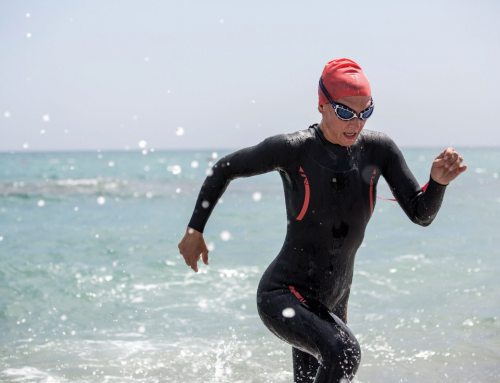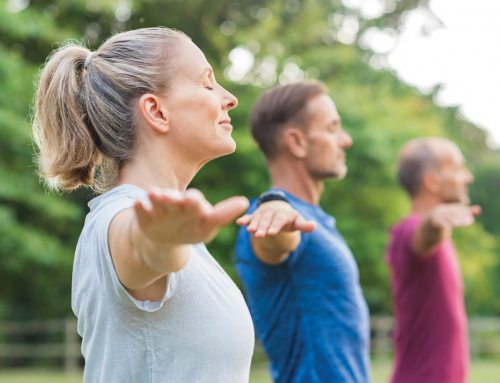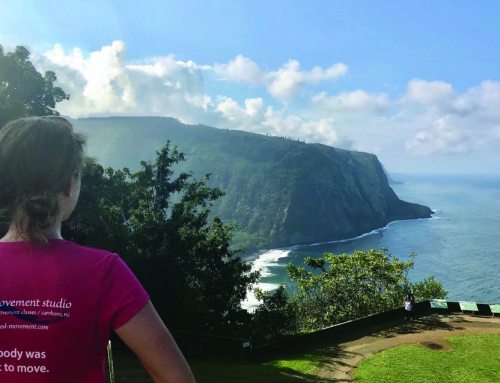By Brian Beatty
Recovery happens after activity and training. We spend a lot of time creating very specific training and activity schedules carefully crafted for maximum improvement and goal achievement. Having a training plan and being disciplined to it is great. However, remember that effect of training on the body is stress and destruction of tissues. The changes we seek from training only occur during rest and recovery, not during the actual training.
The goal of a training program is to control this stress so that during rest and recovery our body rebuilds itself better than it was before. Then we can sustain a greater level of stress and performance next time around. Having a strategic recovery plan is as important as having a strategic training plan. If the recovery component is neglected, the benefits derived from exercise diminish. Sustained lack of recovery can leads to overtraining where whole body degradation occurs and performance decreases.
The natural process of the body is continual rebuilding and remodeling. The stress loads of our activities set a standard to which the body strives to achieve with the natural rebuilding process. Training activity sets the standard; recovery is how we get there.
Basic Recovery Objectives
1. Replenish the fuel used during exercise: rehydrate and restore muscle glycogen (energy).
2. Remove metabolic waste and fluid from the tissues
3. Reset the normal resting tone and mobility of the musculature
4. Identify and address any specific areas of excessive tissue strain
5. Support the body’s natural regeneration and repair processes that occur during rest and relaxation
Recovery begins as soon as the efforts of our activity end. Certain components of recovery are most effective if they occur in the metabolic window while the body’s processes are still accelerated from a workout.
Objective 1: Replenish; the most time critical recovery component. Rehydration and restoring fuel to the muscles are most effective within 30-60 minutes after exercising. Drink water, get electrolytes back in your system and eat, even if you are not hungry. Your body needs to replenish the resources used; your goal is to do so before you have to. Drink before you are thirsty, eat before you are hungry.
A dynamic cool down can assist in objectives 2, 3 and 4. Gentle muscle stretches and contraction/ relaxation cycles through full ranges of motion help to clear fluid and waste from the muscles and return that fluid to normal circulation. A cool down routine also gives the nervous system a chance to relax tension in muscles and tendons necessary for the activity. Slowing down the movements of a cool down also allows you to do a ‘body inventory’ looking for particularly sore or stiff areas as you move. If there are specific areas that attract your attention, notice, remember, and address them sooner rather than later.
Other strategies for clearing the tissues include assisted tissue mobilization (foam rolling, trigger point work), massage, restorative yoga or stretching, restorative positions such as legs up the wall and compression strategies. Compression can be through garments (socks, sleeves, etc.) or submersion (Ice baths, swim, jump in the lake). These generally address the whole body or at least the lower torso and legs.
The goal of soft tissue interventions during recovery should be to facilitate the muscle return to its most relaxed state with minimal tension. This relaxed state allows cellular nutrition and rebuilding. Tissues will be tight, stiff and uncomfortable as you work with them. If you find yourself stiffening in response to pressure, ease off. The goal is restoring a relaxed state, not fighting your body into submission.
After you address the general body recovery, focus on areas that need a little extra TLC. Ice massage can get anti-inflammatory effects and pain control to specific tissue. This method works best for point specific and superficial tissues. If you can ‘put your finger on the spot’, ice massage is a good option. Tight spots in muscles can get some extra time with massage, foam rollers and devices.
The last, and most often overlooked, issue is simply rest. Rebuilding occurs during rest and relaxation. More specifically, the magic we seek occurs when we sleep. You can improve the benefits of training through active relaxation and deep, restful sleep. Conscious relaxation, restorative yoga, and meditation balance the stress of exercise and life so to maximize your recovery. All are good, but nothing beats a great night of sleep.
For more information, video of sample cool down routines, and other items discusses above, visit us at www.balanced-movement.com and search for “Recovery”. Brian Beatty, PT, Balanced Movement Studio







